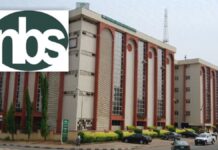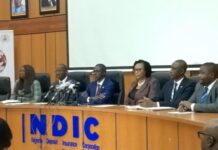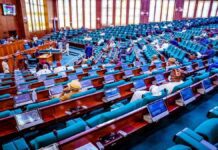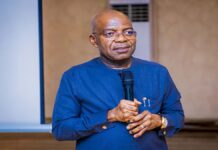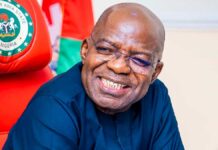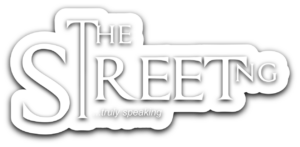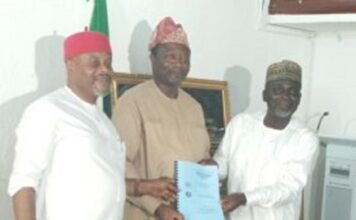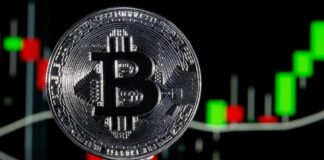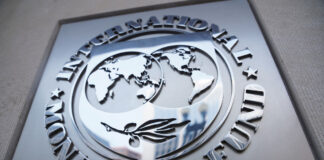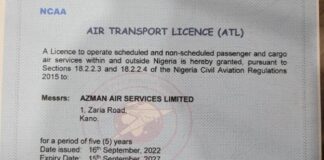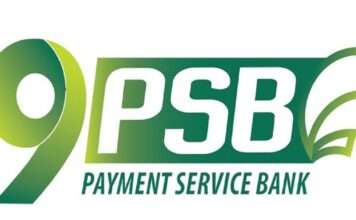FAAC Credits, Sliding FX Inflows Threaten Nigerian Naira
The naira turned 360 degree in April following multidimensional problems facing the local currency across the informal, and official currency market. Both Federal Accounts Allocation Committee credits to 36 states and FCT and early foreign investors’ exits from the Nigerian market were key driver of pressures that plunged naira lower in recent time. These added lower FX injection by the apex bank at the official market.
The Nigerian naira toppled global currencies to become world’s best performing, but the feat was short-lived at home due to weak forex liquidity in the market. The naira has breached N1,200 projected by Goldman Sachs, heading toward the global investment firm’s N1,000/$ updated figure before the alarm blew.
Amidst early celebration, the naira exchange rate made 360 degree U-turn, crossing N1400 per greenback at the official window at the close of the week. The naira trend slowly thereafter, a similar development experienced at the informal currency market.
According to information from FMDQ report, total inflows into the Nigerian Autonomous Foreign Exchange Market (NAFEM) declined by 48.1% to USD1.95 billion in April from USD3.75 billion in March, 2024.
Analysts said they expect FX liquidity conditions to remain frail in the near term due to persistent demand-supply imbalances exacerbating distortions in the FX market. In addition, we think the elevated global interest rates and geopolitical tensions may keep foreign inflows subdued in the near term.
Naira’s future value remains uncertain with strong FX liquidity in the forex markets given the country’s import dependence. The problem for the local currency is FX attraction versus sustained import spending. This bore down on how much FX receipts the country is generating per period versus FX obligations.
Gross FX reserves fell to USD32.2 billion at end-April, from a peak of USD34.4 billion in mid-March, partly reflecting repayment of existing debt obligations, and FX sales to BDCs to support the currency.
The rapid rallies experienced was supported by low pressures from the informal currency market following part clearance of activities of FX whales from the dark economy – thanks to reduce peer to peer activities on Binance platform.
MarketForces Africa reported that Changpeng Zhao, the founder of Binance, the world’s largest cryptocurrency exchange, faces 36 months in prison after pleading guilty to violating laws against money laundering, U.S. prosecutors said in a court filing in April.
Zhao, who is expected to be sentenced on April 30 in Seattle, stepped down as Binance’s chief last November, when he and the exchange admitted to the violations, and the firm agreed to a penalty of $4.32 billion.
Back home, Nigerians are hell-bent on betting against the local currency. The states government have been alleged to form habit of converting their FAAC credits to US dollar.
This, including untamed dollarisation of the economy by the elites pose major risks to the future of the naira without new law criminalizing charging for goods and services in US dollar in Nigeria.
The dark currency trading, conversion of FAAC credits to US dollar are major downside to Nigerian naira making upside. On the supply side, CBN US dollar injections into the currency market is short term solution. Until Nigeria reduced imports spending, raised FX receipts, the outlook looks bleak for the naira.
